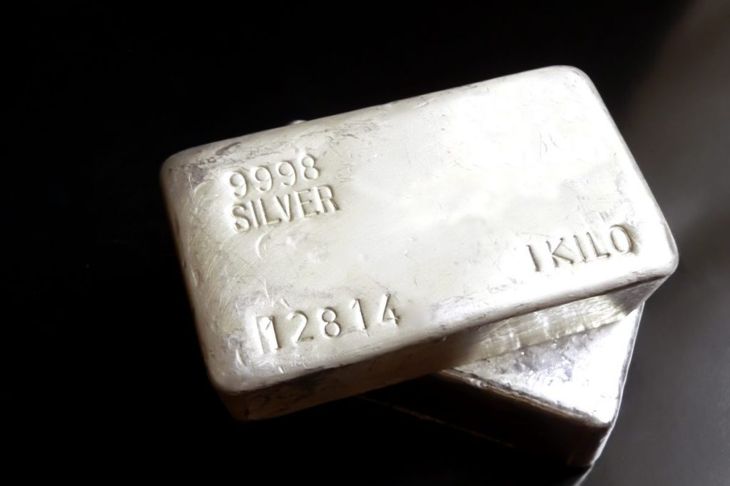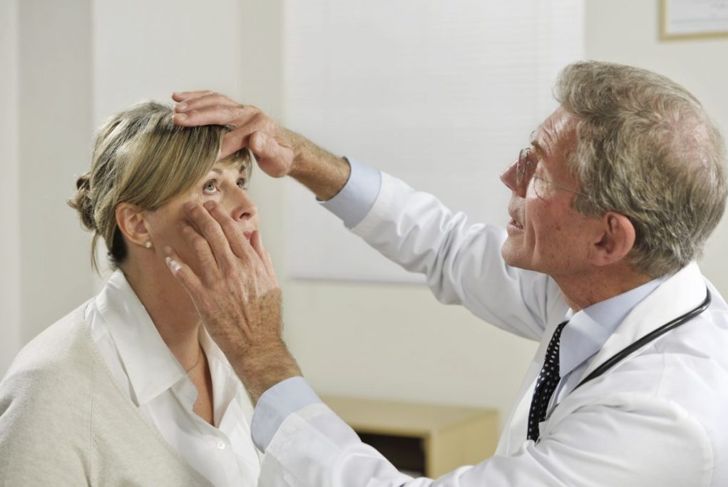Silver is a soft, white element with a wide range of industrial uses. It possesses the highest electrical and thermal conductivity and reflectivity of any metal. These qualities make silver and its various compounds staples in many industries and products. However, because of silver’s array of uses, exposure and subsequent silver poisoning is common in some fields. Additionally, many researchers believe certain silver compounds and solutions are innately more toxic and harmful to humans than other forms of the metal.
Methods of Exposure
Under average conditions, it is difficult for a person to build up a significant amount of silver in their body. However, some occupations require daily exposure to silver compounds. Ingestion is the primary method of exposure leading to silver poisoning. Typically, this is the result of a worker inhaling silver dust or fumes from an occupational setting. In some cases, people develop silver poisoning from direct skin contact. This is usually due to the presence of silver in burn creams, or from consistent contact with jewelry. Other methods of exposure include accidental puncture wounds, dental amalgams, and acupuncture needles.
Common Symptoms
Typically, the symptoms of silver poisoning vary depending on the type of silver responsible. The human body more easily absorbs soluble silver compounds than metallic silver, and as such, the former is the most likely to produce noticeable symptoms. Acute silver poisoning may cause stomach and gastrointestinal issues such as diarrhea and stomach irritation. Chronic silver poisoning as a result of silver salts can lead to liver or kidney damage and blood cell changes. Finally, overexposure to soluble silver compounds or colloidal silver over a significant period can cause argyria.
Argyria
The most common side effect of prolonged silver exposure is argyria. Exposing silver compounds to sunlight causes them to decompose into dark silver metal or silver sulfides. Over time, silver accumulates as microscopic particles in various areas of the body such as the skin. The darkened silver compounds give the skin a purple or purple-grey color. There is a lack of research focusing on argyria, but the condition appears to be merely cosmetic. Some physicians believe there is a link between argyria and reduced kidney function, but this requires more study. Many people with argyria develop feelings of anxiety concerning their skin color.
Localized vs. Generalized Argyria
Argyria has two classifications: localized and generalized. Localized argyria is usually the result of direct external contact with silver or silver compounds. This classification affects the hands, eyes, and mucous membranes. Typically, the eyes develop argyria as a result of frequent rubbing while fine particles of silver are on the hands. Generalized argyria affects a significant portion of the body, eyes, and nails. Ingestion and inhalation of silver and its compounds are the most common causes of generalized argyria. Once a person absorbs the silver, their bloodstream carries it through the rest of their body.
Tissue and Organ Damage
Silver ions bind to reduced glutathione, a complex antioxidant the body produces. Among its many functions, it assists in the progression of the cell cycle; low levels of glutathione can lead to rapid cell death. When silver ions bind to reduced glutathione, the body transports them together into the bile, reducing the amount of reduced glutathione available for other functions. This can lead to severe cell damage in the liver. Silver may damage other tissues and organs in a similar manner, but there is not enough research to confirm this.
Respiratory Effects
Many studies have suggested links between silver inhalation and significant respiratory issues. Soluble silver compounds are potentially responsible for upper and lower respiratory chest infections. However, more recent research suggests this may be due to the nitrate present in many silver compounds, rather than the silver itself. Some respiratory tissue becomes stained after long-term inhalation of silver. There isn’t sufficient evidence to determine whether or not this is harmful. Studies from the 1940s and 1970s suggest silver polishers were more susceptible to bronchitis and emphysema than the general public.
Silver Health Supplements
Silver has been present in many medications and drugs in previous centuries. However, medical use of this metal began decreasing in line with dramatic increases in antibiotics. Still, despite the possible dangers, some practitioners suggest silver salts and colloidal silver as health supplements because of the element’s medical use in the past. The United States Food and Drug Administration has taken multiple steps to warn against the usage of colloidal silver as a health product.
Diagnosis of Silver Poisoning
Medical tests can sometimes determine silver accumulations in the body. However, the presence of silver alone is not sufficient enough evidence that a person has silver poisoning. Additionally, because silver poisoning is increasingly rare, there is a lack of research detailing the possible effects. Physicians may look for early signs of argyria around the eyes and on the nails and skin. They may also perform urine and blood tests to determine if an individual has a dangerous level of silver in his or her body.
Diagnosing and Treating Argyria
Though many cases of argyria are noticeable due to its widespread effects, localized argyria may require a skin biopsy to confirm a diagnosis. A physician takes a small tissue sample and observes it under a microscope to identify the blue-gray pigmentation. Unfortunately, argyria currently has no cure. Recent trials using laser treatment to improve skin coloration are proving promising, though more research is necessary to determine how effective the treatment truly is. Physicians typically recommend individuals who experience frequent exposure to silver take proper safety precautions.
Outlook for Argyria
Without a cure, the effects of argyria are permanent and irreversible. Current research suggests there are no noticeable side effects of the condition beyond a slight possibility of reduced kidney function. The main concerns for many individuals with argyria are the social reactions to their skin color. It may be beneficial for people with argyria to speak with doctors and counselors about their condition. Trained mental health professionals can help people learn to handle the anxiety or depression resulting from argyria.

 Home
Home Health
Health Diet & Nutrition
Diet & Nutrition Living Well
Living Well More
More




















